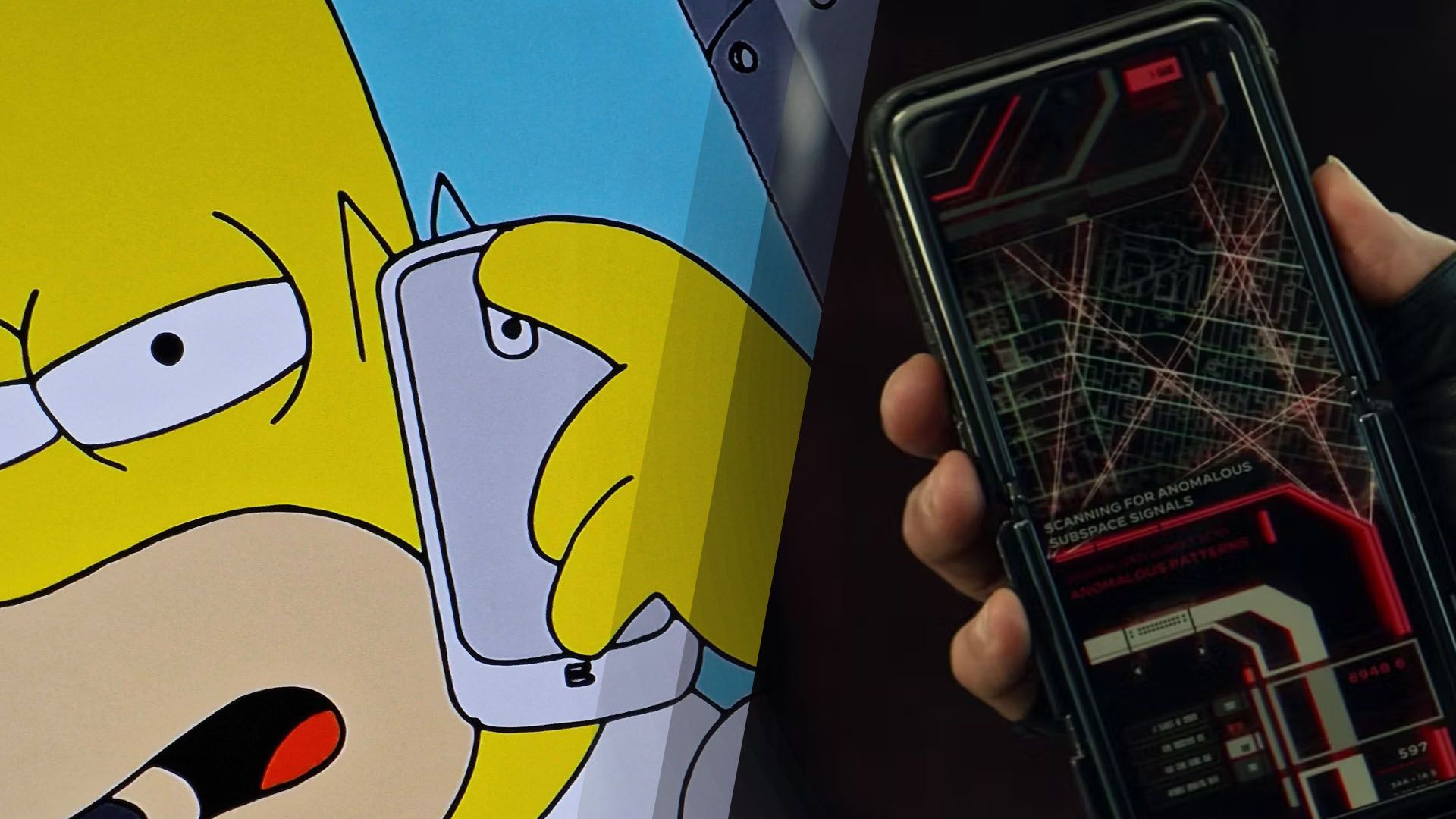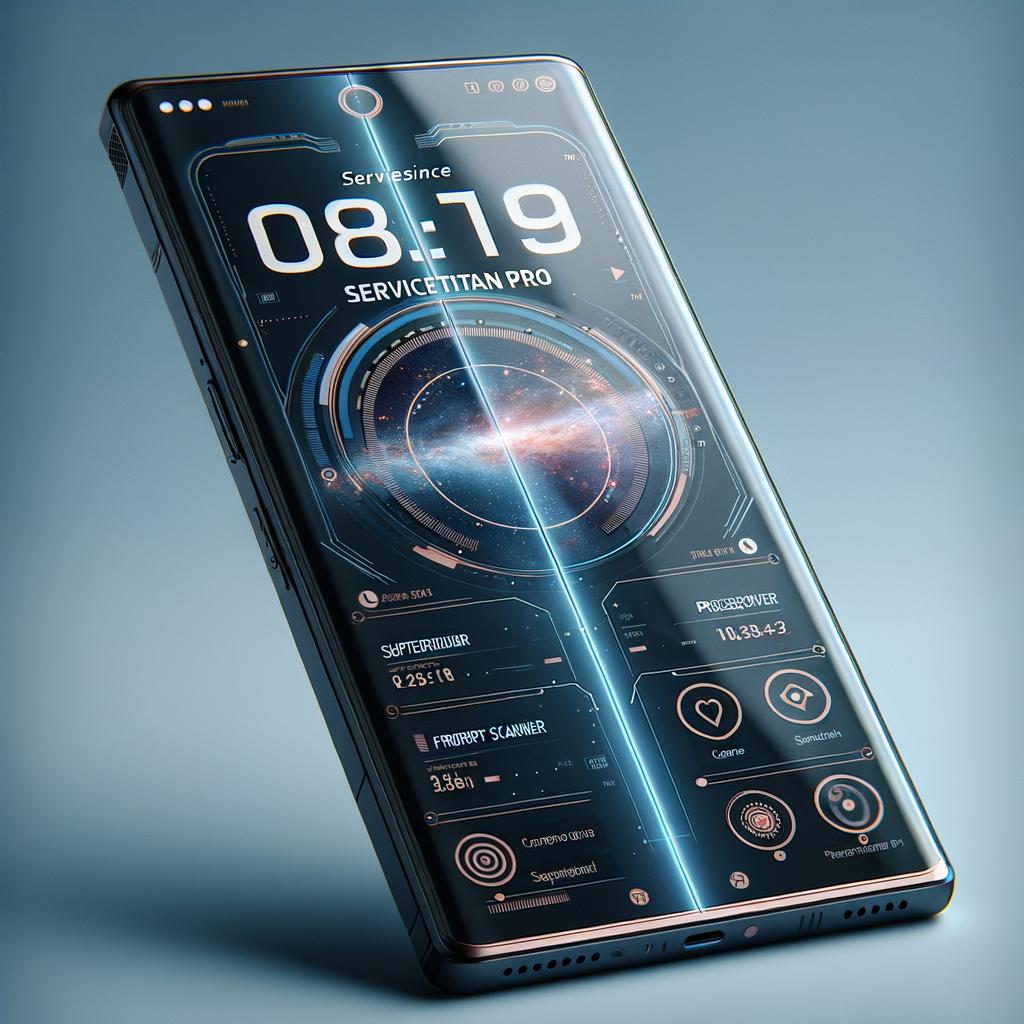Smartphones have ubiquitously infiltrated not just our pockets but also our screens, appearing within a myriad of films and TV series, sometimes as pivotal plot devices, other times as gleaming icons of modernity or wealth. They often seamlessly blend into the background; however, there are instances where their presence feels conspicuously deliberate—an explicit nudge or a wink from the world of product placement or sometimes just a subtle nod to the tech zeitgeist of the era.
One intriguing sighting is in an episode of The Simpsons, where Homer and other family members are shown using the Galaxy Nexus. This particular choice of device—part of Google’s Nexus line, which was known for offering a pure Android experience—seems peculiar, especially considering it was featured in a season as late as 2018, long after newer models had been released. This inclusion sparked speculation: Was it a deliberate product placement from Google, akin to what they’ve done with their Pixel line, or perhaps a personal preference from the animators themselves? The mystery adds an extra layer of intrigue to the device’s appearance in the show.
Another source of fascination is how Samsung’s foldable phones, like the Galaxy Z Flip and Z Fold 2, have been used in various science fiction settings, from Star Trek: Picard to Mission Impossible Dead Reckoning. These devices, with their futuristic designs, naturally lend themselves to sci-fi scenarios, offering a glimpse into what our technological future might hold. Interestingly, these appearances seem less about overt product placement and more about leveraging the imaginative designs of these phones to enhance the storytelling, showcasing how art imitates life and vice versa.
RED’s Hydrogen One, despite its lackluster reception in the smartphone market, managed to snag a spot on the silver screen in films such as Don’t Look Up and Fast 9. In these films, the phone is more than just a device; it’s almost a character in its own right, adding a layer of high-tech sheen to the scenes it graces.
The inclusion of Windows Phones in Man of Steel presents an intriguing “what if” scenario, offering a glimpse into a world where Microsoft’s mobile ambitions might have led to a three-horse race in the smartphone market. The partnership between the film and Microsoft, making the Man Of Steel app exclusively available on Windows Phone, serves as a reminder of the fleeting nature of technological prominence.
Sony’s strategy of cross-company product placement has seen its devices, particularly the Xperia line, featured prominently in major film franchises such as James Bond and Spider-Man. These placements are not just about showcasing the phone but enveloping it within the narrative in a way that feels natural to the story being told. It’s a testament to Sony’s ability to leverage its diverse corporate structure to promote its products in a synergistic fashion.
One of the most iconic phone transformations in cinema comes from Transformers (2007), where a Nokia phone morphs into a malevolent Cybertronian creature. This scene perfectly encapsulates the cultural zeitgeist of the time, blending the world’s fascination with transforming robots and the ubiquity of mobile phones.
In summary, the evolution of smartphone technology and its integration into our daily lives has undeniably mirrored its increasingly prominent role in media. Whether as a tool for character development, a plot device, or a symbol of technological advancement, smartphones in films and TV series provide a fascinating lens through which to view our relationship with technology. They underscore the blurring lines between reality and fiction, as the devices we use every day become integral elements of the stories we love to watch.
Source


